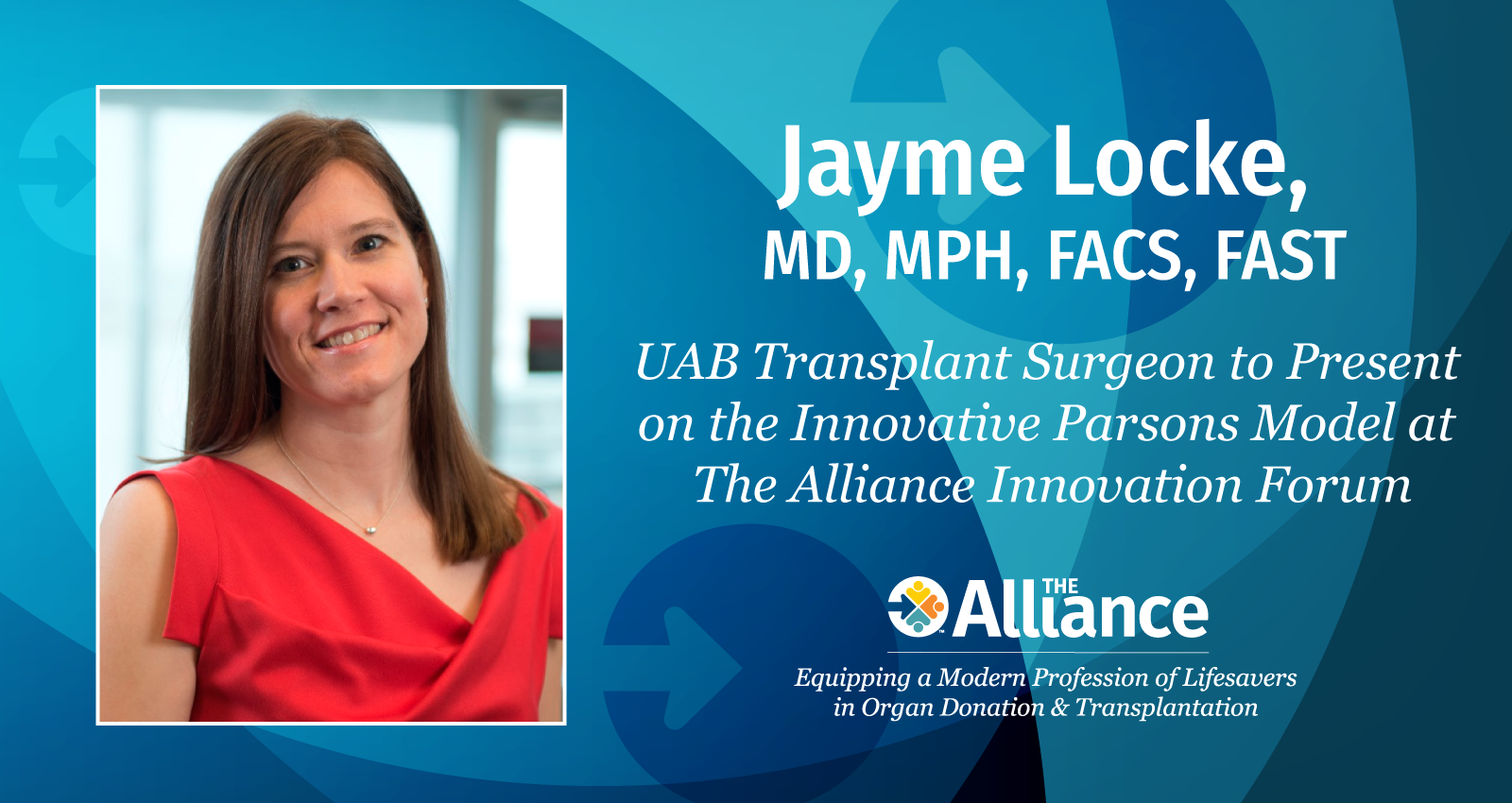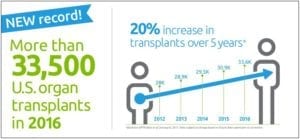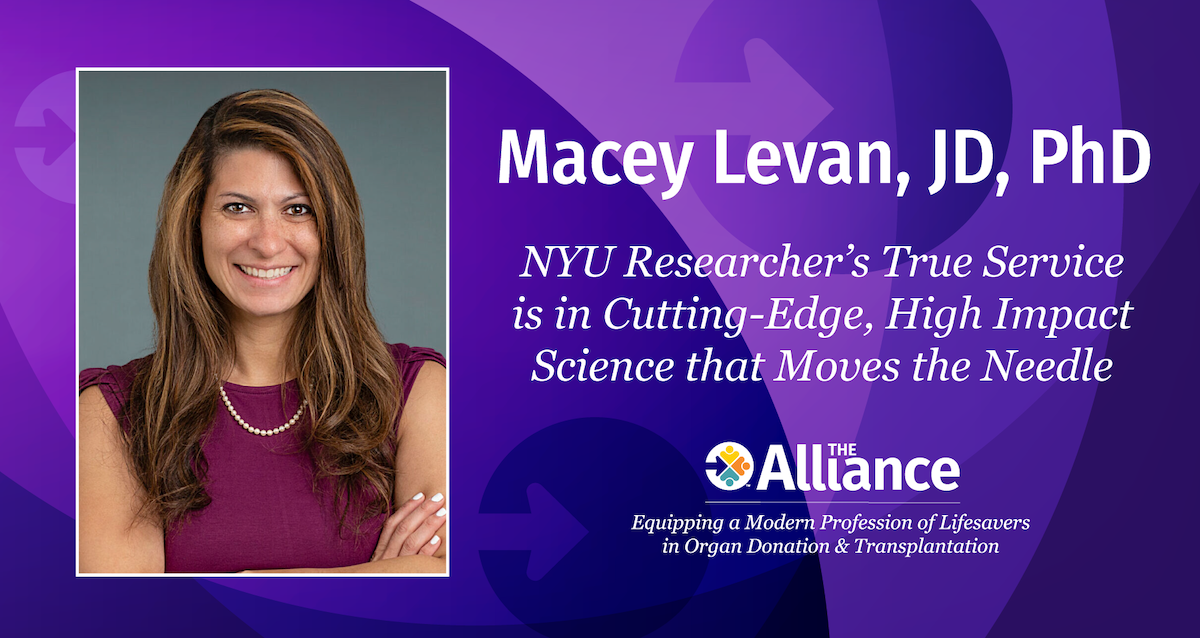Introduction
Lung transplantation is the preferred treatment for patients with end-stage lung disease. Worldwide, the number of lung transplants performed annually has steadily increased, with approximately 4000 lung transplants performed in 2013. Despite this growth, the number of lungs available for transplantation fails to meet the needs of those patients on the waiting list. In the United States alone, 2394 patients were newly listed in 2013 with a waitlist mortality rate of 15.1 per 100 patient years. The supply and demand mismatch is multifactorial, although one significant cause is the low rate of lung-specific organ utilization, which is the lowest among all transplanted organs. Only 15-25% of lungs from all potential donors are transplanted, compared to 30% of eligible hearts and 65-70% of kidneys and livers. Lungs, compared to other solid organs, are much more susceptible to a variety of injury mechanisms including direct trauma, aspiration, ventilator-associated pneumonia, pulmonary edema, acute lung injury from resuscitation, and neurogenic pulmonary edema. Ex-vivo lung perfusion (EVLP) has emerged as an essential platform for the reassessment, of lungs that initially did not meet transplantation criteria. We decided to review this report to summarize most recent clinical and research literature in ex vivo lung perfusion.
Abstract
PURPOSE OF REVIEW:
The purpose of the current report is to review the ex-vivo peer-reviewed literature published in the last 5 years and to summarize the findings.
RECENT FINDINGS:
Encouraging data have been published by several centers utilizing ex-vivo lung perfusion (EVLP) as a means to identify viable grafts from the high-risk donor pool. The outcomes of transplanted lungs that were initially declined because of poor quality, but reevaluated with ex-vivo perfusion, are equivalent to standard criteria donor lungs. Further, research reports have emphasized the role of ex-vivo perfusion as a platform to improve graft quality and reduce the injurious effects of ischemia-reperfusion.
SUMMARY:
Over the last 10 years, EVLP has proved its value as a reassessment tool to increase donor utilization. As short- and long-term data demonstrate the safety of EVLP, its use as a therapeutic platform is emerging, along with the promise of a new era in lung transplantation.
Reference and link to full article:
Sanchez PG, Mackowick KM, Kon ZN. Current state of ex-vivo lung perfusion. Current Opinion in Organ Transplantation. 2016 Jun; 21(3): 258-266. To link to article, click here.
If you are unable to access the full article through the link, please email Hedi Aguiar – [email protected].
DISCUSSION QUESTIONS
- Do you think that ex vivo lung perfusion can increase the percentage of transplanted lungs from the donor pool?
- By what means could ex vivo lung perfusion increase the percentage of transplanted organs?













